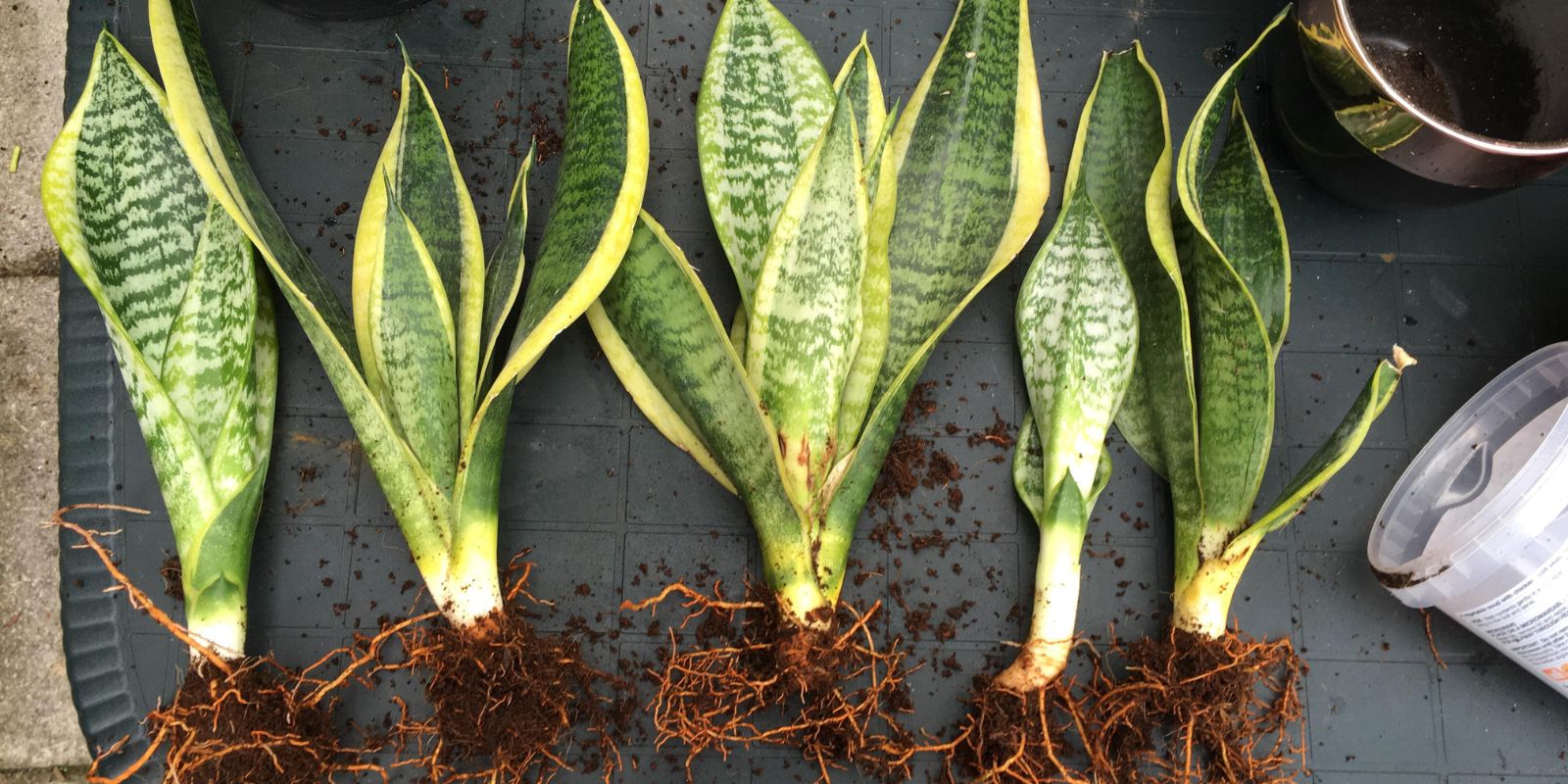Houseplants are cherished additions to our homes, providing beauty, fresh air, and a touch of nature. However, despite our best efforts, they can sometimes fall victim to root rot, a serious issue that can jeopardize their health. Root rot is a condition caused by various factors, including overwatering, poor soil drainage, and fungal infections. The good news is that with prompt action and the right techniques, you can often save your plant from the brink of demise. This article will guide you through the steps to salvage your houseplants from root rot and restore their vitality.
Understanding Root Rot
What is Root Rot?
Root rot is a fungal disease that affects the roots of houseplants, causing them to decay and become mushy. It is typically the result of consistently soggy soil, which creates an ideal environment for fungi and bacteria to thrive. As the roots decay, the plant’s ability to absorb water and nutrients diminishes, leading to symptoms such as yellowing leaves, stunted growth, and a general decline in plant health.
Common Causes of Root Rot:
- Overwatering: The most common cause of root rot is excessive watering. When soil remains waterlogged, it deprives roots of oxygen, creating conditions conducive to rot.
- Poor Drainage: Pots without adequate drainage holes or heavy, compacted soil can trap excess moisture around the roots.
- Fungal Infections: Certain fungi, such as Pythium and Phytophthora, are known to cause root rot in houseplants.
Identifying Root Rot
Signs of Root Rot:
- Yellowing Leaves: The most visible sign of root rot is the yellowing of leaves. This occurs because the plant is not able to take up water and nutrients effectively.
- Wilting: Despite the soil being moist, the plant may exhibit wilting or drooping leaves and stems.
- Mushy Roots: When you remove the plant from its pot, rotted roots will appear dark, mushy, and have a foul odor.
- Stunted Growth: Plants with root rot often experience stunted or slowed growth due to impaired root function.
Steps to Salvage Your Plant
Step 1: Assess the Damage
- Examine the Plant: Carefully observe your plant’s symptoms and determine if root rot is the cause. Look for signs of yellowing leaves, mushy roots, and a musty smell.
- Prepare for Removal: Gather clean, sharp scissors or pruning shears, fresh potting soil, a new pot with drainage holes, and a container for the plant.
Step 2: Remove the Plant
- Take the Plant Out: Gently remove the plant from its pot. Be careful not to damage the roots further during this process.
- Inspect the Roots: Check the root system for signs of rot. Healthy roots are firm and white or light tan, while rotted roots are dark, mushy, and have a foul odor.
Step 3: Trim the Rotted Roots
- Cut Away the Rot: Using clean, sharp scissors or pruning shears, trim away all the rotted roots. Make clean cuts to avoid injuring healthy tissue.
- Dispose of the Debris: Discard the rotted roots and any contaminated soil to prevent the spread of fungal spores.
Step 4: Prepare for Repotting
- Choose the Right Pot: Select a pot with adequate drainage holes to ensure excess water can escape. A slightly larger pot than the current one is ideal to give the plant room to recover.
- Use Fresh Soil: Repot the plant in fresh, well-draining potting mix. A mix designed for cacti and succulents or a combination of peat, perlite, and pine bark works well.
Step 5: Repot the Plant
- Place in the New Pot: Position the plant in the new pot with fresh soil, making sure the roots are well spread out. Fill in around the roots with the new potting mix.
- Water Sparingly: Water the plant lightly after repotting to settle the soil. Avoid overwatering, as the plant is already stressed.
Step 6: Adjust Watering Practices
- Watering Schedule: Reevaluate your watering routine. Allow the top inch of soil to dry out before watering again. Use a moisture meter or your finger to gauge soil moisture.
- Improve Drainage: Ensure the pot has sufficient drainage and that excess water can escape easily. Consider adding a layer of gravel or broken pot shards at the bottom of the pot to enhance drainage.
Step 7: Create a Suitable Environment
- Temperature and Humidity: Place your plant in a location with stable temperatures and moderate humidity. Avoid placing it in drafty areas or near heat sources.
- Light Conditions: Provide adequate light based on the plant’s needs. Most houseplants benefit from bright, indirect light. Avoid direct sunlight, which can stress the plant further.
Step 8: Monitor and Care
- Observe Recovery: Keep a close eye on your plant’s recovery. Look for new growth and signs of improvement, such as returning vibrant leaves and strong, healthy roots.
- Avoid Overfeeding: Refrain from fertilizing the plant until it shows signs of new growth. Fertilizing a stressed plant can cause additional harm.
Preventing Future Root Rot
- Proper Watering Practices: Water plants only when necessary, and ensure that the soil has adequate drainage. Adjust watering frequency according to the plant’s needs and environmental conditions.
- Use Quality Soil: Opt for potting mixes designed for specific types of plants and ensure they provide good aeration and drainage.
- Regular Inspection: Routinely check your plants for signs of stress or disease. Early detection of potential issues can prevent more serious problems.
Conclusion
Root rot is a serious condition that can threaten the health of your houseplants, but with prompt and proper care, you can often salvage your green companions and restore their vitality. By following these steps—assessing the damage, removing affected roots, repotting with fresh soil, adjusting watering practices, and providing a suitable environment—you can help your plants recover and thrive once again.
Remember, successful plant care involves not only addressing current issues but also implementing preventive measures to avoid future problems. With these strategies, you can enjoy a lush, healthy indoor garden and keep your houseplants flourishing.

